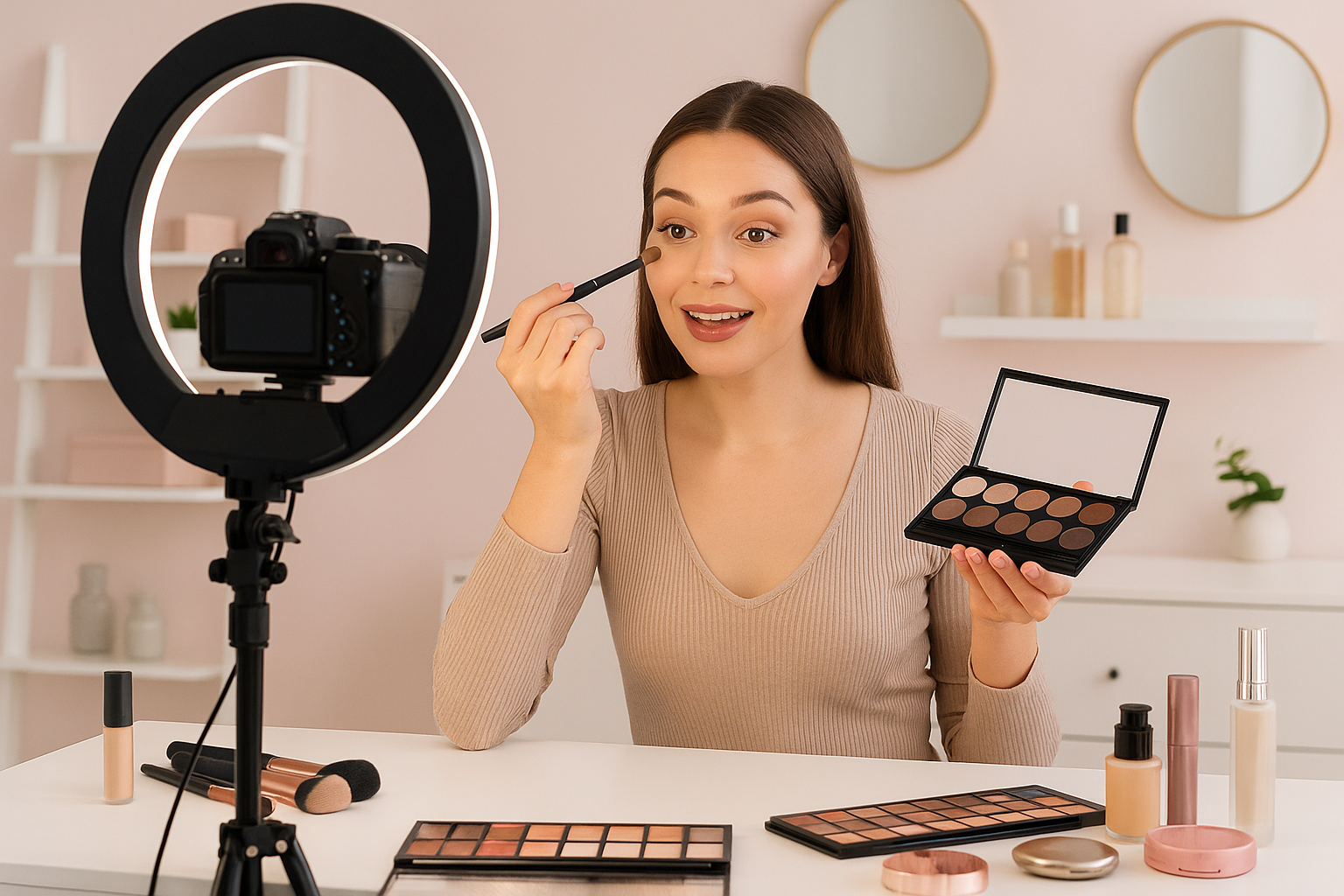How to choose the right foundation

How to Choose the Right Makeup Foundation
Choosing the perfect foundation is a game changer for your makeup routine. Foundation creates the canvas for the rest of your look, evening out your skin tone while letting your natural beauty shine through. But with countless formulas, shades, and finishes available, finding the right one can feel overwhelming. Let's break down the steps to make the process simple and tailored to your unique skin.
Understanding Your Skin Tone and Undertones
The first key step is to figure out your skin tone and undertones:
- Skin Tone: This is the surface color of your skin, usually categorized as fair, light, medium, or deep. You can usually see this by looking at your bare face in natural light.
- Undertones: These are subtler hues beneath the surface that influence how foundation looks on your skin. There are three types:Cool undertones: Pink, red, or blue huesWarm undertones: Yellow, golden, or peach huesNeutral undertones: A balance of both cool and warm
How to Identify Undertones
If you're unsure of your undertones, try these simple tests:
- Look at the veins on your wrist: blueish veins suggest cool undertones; greenish veins hint at warm undertones.
- Consider how your skin reacts to the sun: if you tan easily, you might have warm undertones, while if you burn, yours may be cool.
Knowing your undertones guides you toward foundation shades that will look natural and flattering.
Finding Your Perfect Shade
Once undertones are known, narrowing shades becomes easier:
- Look for foundation labels with C (cool), W (warm), or N (neutral).
- Test foundation shades on your jawline rather than your hand, as this better matches your face and neck.
- Check your foundation in natural light to ensure it blends seamlessly.
Seasonal Shade Adjustments
Your skin tone may change with the seasons due to sun exposure. Consider having two foundation shades:
- A slightly lighter shade for winter
- A slightly darker shade for summer
Alternatively, you can use adjustable foundation drops to customize your shade as your skin tone shifts.
Choosing the Right Foundation Formula
Your skin type and the finish you want dictate the ideal foundation formula:
- Oily Skin: Opt for matte or oil-free formulas to control shine and maintain long wear.
- Dry Skin: Choose hydrating liquid or serum foundations that add moisture and leave a dewy finish.
- Combination Skin: Lightweight liquid or cream foundations that balance coverage without feeling heavy.
- Sensitive Skin: Mineral foundations or water-based formulas that soothe and avoid irritation.
Overview of Foundation Types
- Silicone-based Foundations: Give a smooth, airbrushed finish, filling in pores for a flawless look.
- Water-based Foundations: Lightweight, breathable, great for a natural, dewy glow.
- Oil-based Foundations: Highly moisturizing, good for dry or mature skin but can be heavy for oily skin.
- Cream Foundations: Full coverage with a rich texture, hydrates well but may feel heavy on oily skin.
- Mineral Foundations: Natural ingredients, gentle, good for oily/sensitive skin but may require reapplication.
- Cream-to-Powder Foundations: Start creamy and dry to a matte finish, ideal for oily and combination skin.
- Tinted Oil Foundations: Provide moisture and a radiant finish, best for mature or dry skin.
Tips for Application
- Prep your skin by cleansing, exfoliating, and moisturizing well before applying foundation.
- Use the right tools: beauty blenders provide a seamless finish; brushes can offer more coverage.
- Apply foundation starting from the center of your face outwards for natural blending.
- Build coverage gradually rather than applying too much at once to avoid cakiness.